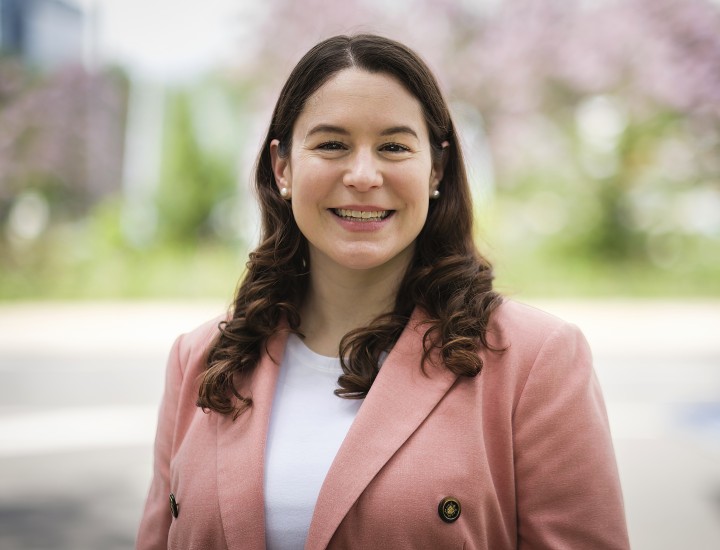Through 2035, enable 550 additional children to participate in out-of-school learning opportunities each year, particularly in underserved areas of the city.
Out-of-school (OST) programs provide a range of benefits to children including gains in academic achievement and social-emotional skills, exposure to new experiences and opportunities, and homework support [1]. Additionally, OST programs provide families with full-day childcare, enabling parents to work and/or advance their education. A 2021 report by Pennsylvania’s Joint State Government Commission calculated the return on investment for out-of-school time programs as approximately $6.69 for each $1 invested in Pennsylvania [2].
However, barriers exist for families, making equal access to OST programs challenging. In Philadelphia there is limited supply; there are four children for every out-of-school time slot in the city [3]. Additionally, OST program costs can be prohibitive, and when basic needs like housing, transportation, and healthcare are at risk, OST participation is low. According to RAND, youth access to enrichment activities is highly dependent on family income. Families with higher incomes spend seven times more on enrichment activities than low-income families [4].
In order to increase opportunities for all children in Philadelphia, we are focusing on helping more children, aged 3 to 8, participate in OST programs.
We recognize that there are many ways that organizations and communities can contribute to advancing this objective. Possible efforts may include activities like direct support for OST programs as well as initiatives that improve program quality, including professional development, data collection tools, and other approaches. We are seeking to support projects and programs that organizations in Philadelphia believe will be most effective in making progress on the objective above.
We measure progress for this objective through third-party supply-and-demand analysis of OST in Philadelphia and through grantee reporting on program enrollment and participation.
Notes:
